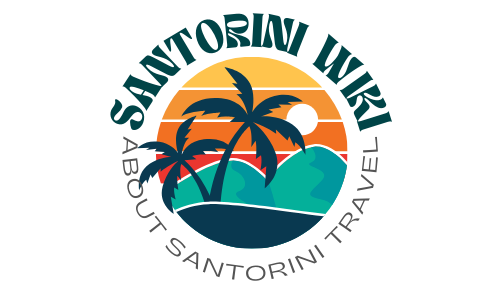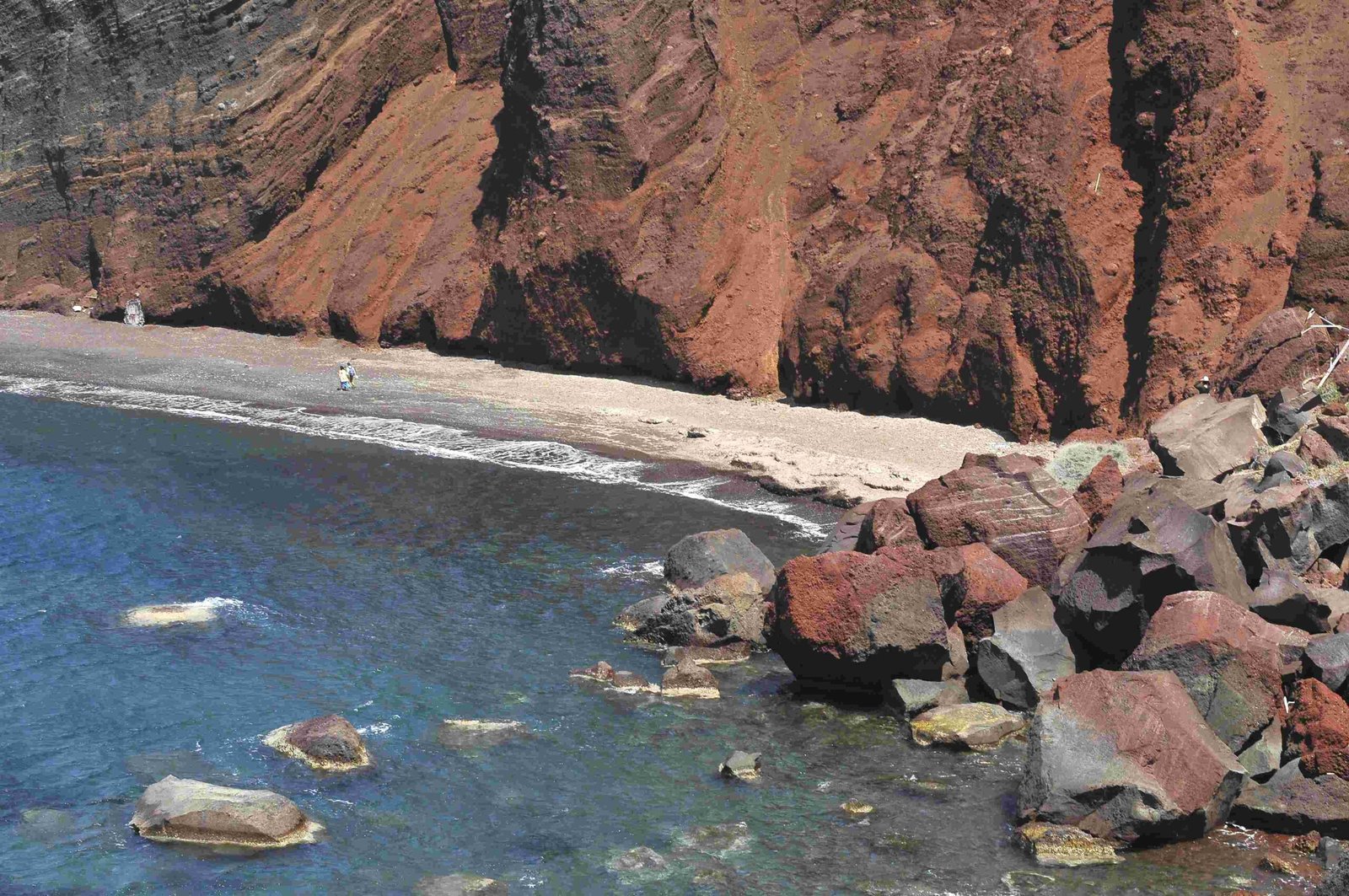Santorini, a stunning Greek island in the Aegean Sea, was built through a series of volcanic eruptions and geological processes over millions of years. The island’s iconic caldera, steep cliffs, and unique architecture are the result of intense volcanic activity, tectonic movements, and human ingenuity. This article explores the fascinating story of how Santorini was built, from its volcanic origins to its current status as a world-renowned tourist destination.
What Are the Geological Processes Behind Santorini’s Formation?

The formation of Santorini is a testament to the power of geological forces. The island’s creation can be attributed to several key processes:
-
Tectonic Activity: Santorini is part of the South Aegean Volcanic Arc, formed by the subduction of the African tectonic plate under the Aegean subplate of the Eurasian plate. This process initiated volcanic activity in the Pliocene era, approximately 2 million years ago.
-
Volcanic Eruptions: A series of major eruptions shaped the island over time. The most significant of these include:
- 180,000 years ago: Formation of the oldest southern caldera
- 70,000 years ago: Creation of the Skaros caldera
- 21,000 years ago: Formation of the Cape Riva caldera
-
3,600 years ago: The Minoan eruption, which created the current caldera
-
Caldera Formation: The repeated collapse of volcanic chambers after major eruptions led to the formation of Santorini’s distinctive caldera, a large, circular depression filled with seawater.
-
Ongoing Volcanic Activity: Smaller eruptions after the Minoan event formed the Kameni islands (Nea and Palea Kameni) at the center of the caldera.
How Did the Minoan Eruption Shape Santorini?

The Minoan eruption, occurring around 1620 BC, was a pivotal event in Santorini’s geological history:
- It was one of the largest volcanic eruptions in the past 10,000 years, rated 7 on the Volcanic Explosivity Index.
- The eruption destroyed much of the previous island, creating the present-day archipelago and caldera bay.
- It may have inspired the legend of Atlantis and significantly impacted the Minoan civilization on Crete.
- The eruption ejected massive amounts of volcanic material, reshaping the island’s topography.
What Are the Key Features of Santorini’s Caldera?
Santorini’s caldera is a defining feature of the island’s landscape:
| Feature | Measurement |
|---|---|
| Size | 12 km x 7 km |
| Maximum Depth | 385 meters |
| Cliff Height | Up to 300 meters |
The caldera includes:
– The main island of Santorini
– Therasia
– Aspronisi
– Volcanic islands of Nea Kameni and Palea Kameni at its center
How Has Human Architecture Adapted to Santorini’s Geology?
The unique architecture of Santorini is a direct response to its geological conditions:
-
Materials: Local volcanic rock, limestone, and pumice are the primary building materials, chosen for their durability and suitability to the island’s climate and seismic activity.
-
Building Techniques:
- Whitewashed houses and blue-domed churches are built into the steep caldera cliffs.
- Arches and domes are used to distribute weight and provide stability against earthquakes.
-
Narrow cobblestone streets wind through the settlements, adapting to the terrain.
-
Adaptation to Landscape: Buildings are designed to withstand seismic activity and the harsh marine climate, blending seamlessly with the natural environment.
What Challenges Does Santorini’s Geology Present for Development?
Santorini’s unique geological features pose several challenges for development and habitation:
-
Seismic Activity: The island’s location in a volcanically active region necessitates earthquake-resistant construction methods.
-
Limited Space: The steep cliffs and limited flat land constrain development and expansion.
-
Erosion: The volcanic soil and steep slopes are prone to erosion, requiring careful land management.
-
Water Scarcity: The porous volcanic rock makes water retention difficult, leading to challenges in freshwater supply.
How Can Tourists Experience Santorini’s Geological Wonders?
Visitors to Santorini have several options to explore its geological marvels:
-
Caldera Tours: Boat tours offer close-up views of the caldera’s cliffs and volcanic islands.
-
Volcano Hikes: Guided tours to Nea Kameni allow visitors to walk on an active volcano and see steam vents.
-
Hot Springs: Swimming in the volcanic hot springs near Palea Kameni is a popular activity.
-
Geological Museums: Several museums on the island offer insights into Santorini’s geological history.
-
Scenic Viewpoints: Locations like Oia and Fira provide panoramic views of the caldera and its unique landscape.
What Future Geological Changes Might Santorini Experience?
While Santorini’s current form is the result of millions of years of geological activity, the island continues to evolve:
-
Ongoing Volcanic Activity: The Kameni islands in the center of the caldera show signs of ongoing volcanic activity, with the most recent eruption occurring in 1950.
-
Potential for Future Eruptions: Geologists monitor the volcano closely for signs of future activity, which could further reshape the island.
-
Gradual Erosion: Natural erosion processes continue to shape the island’s cliffs and coastline.
-
Sea Level Changes: Global climate change and associated sea-level rise may impact the island’s coastal areas in the coming decades.
In conclusion, Santorini’s construction is an ongoing process, shaped by powerful geological forces over millions of years. From its fiery volcanic birth to its current status as a geological wonder and tourist paradise, the island continues to evolve, offering a unique glimpse into the dynamic processes that shape our planet.

